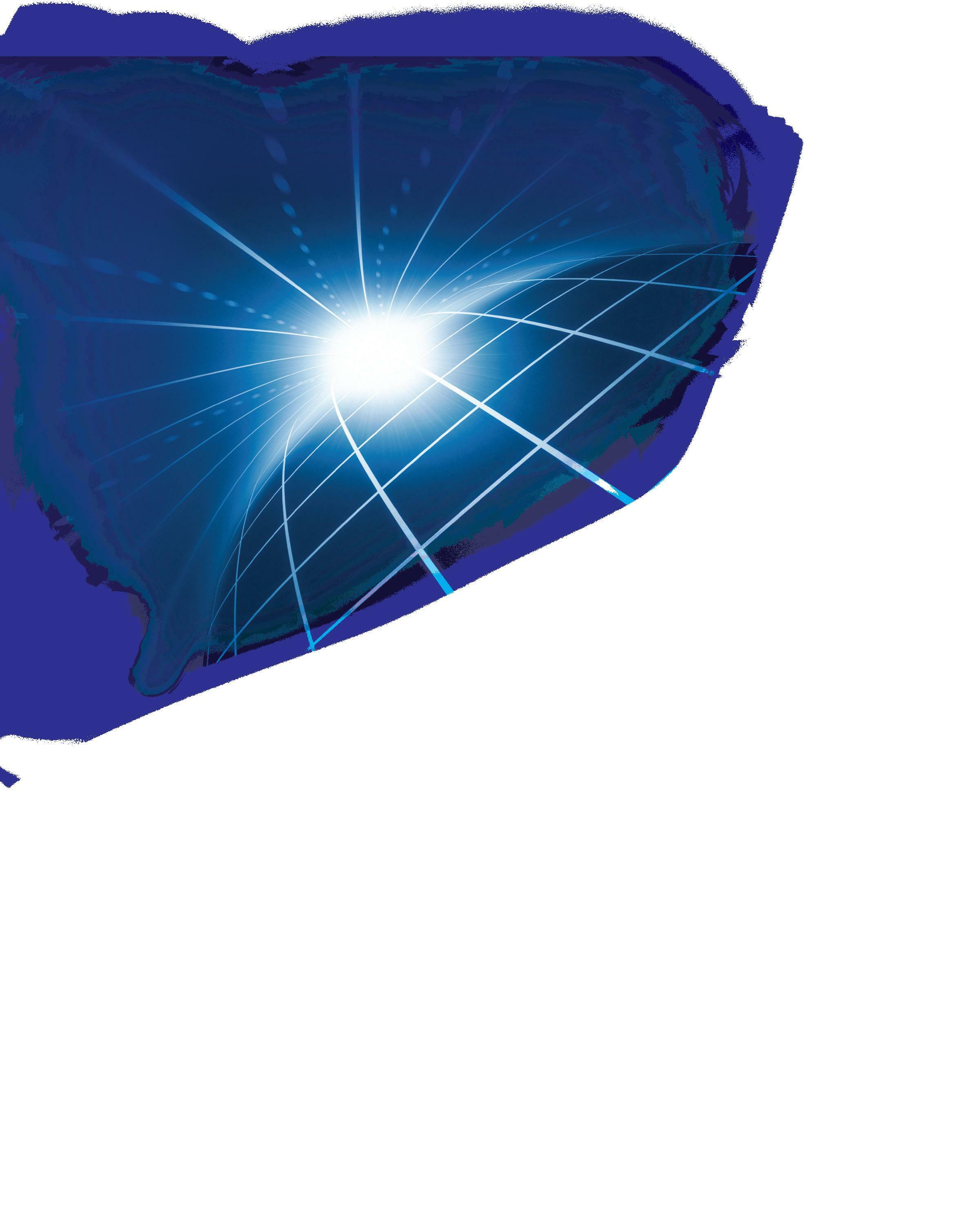
2 minute read
in Pending Court Case › › › › › › › › › › › › › › › › › ›
China 301 Tariffs Under Review in Pending Court Case

By Brody Garland, K&L Gates
In 2017, the U.S. Trade Representative (USTR) initiated a Section 301 investigation to determine whether China’s acts, policies, and practices related to technology transfer, intellectual property, and innovation are unreasonable or discriminatory, and burden or restrict U.S. commerce. As a result of USTR’s 2018 affirmative findings, then-President Donald Trump determined to impose a 25% ad valorem duty on products of China with an annual trade value of approximately $34 billion (List 1), followed by an additional 25% tariff on $16 billion worth of products from China (List 2). The combined trade value of the products on Lists 1 and 2 was intended to match USTR’s finding of U.S. damages of $50 billion annually from China’s unfair acts, policies, and practices.
President Trump subsequently imposed additional tariffs on Chinese products (List 3 and List 4A) with an annual total trade value of $500 billion. The former president’s actions were in response to China’s decision to impose tariffs on U.S. exports to China in retaliation for the U.S. tariffs on Lists 1 and 2 products.
Notably, the wide-ranging list of products subject to the China 301 tariffs included multiple components used in the manufacture of light- and medium-duty trailers, including pneumatic tires; various components of iron, steel, or aluminum; jacks and hoists; lighting accessories; and other parts and accessories.
To date, more than 6,000 companies have filed suit arguing that the Trump administration’s imposition of the China 301 tariffs on products on Lists 3 and 4A was unlawful because, among other things, these tariffs were not tied to USTR’s original findings that U.S. damages related to China’s discriminatory practices amounted to $50 billion annually.
On Aug. 1, 2022, pursuant to court order, USTR filed its explanation regarding the justification that the agency gave for imposing the original China 301 tariffs on List 3 and List 4A Chinese goods. In September 2022, plaintiffs filed their comments on the USTR remand, and later in November 2022, the U.S. government filed its rebuttal to the plaintiffs’ comments. Plaintiffs’ reply was due by Dec. 5, 2022.
The Court of International Trade is expected to issue its decision by early 2023, but given the likelihood of the losing side pursuing an appeal, a final court decision is unlikely before the end 2023. If the plaintiffs ultimately prevail, they would be entitled to a refund of duties paid on their List 3 and 4A entries. It is unclear at this time whether importers that are not plaintiffs in the litigation would also be able to seek a refund of duties paid. ■










